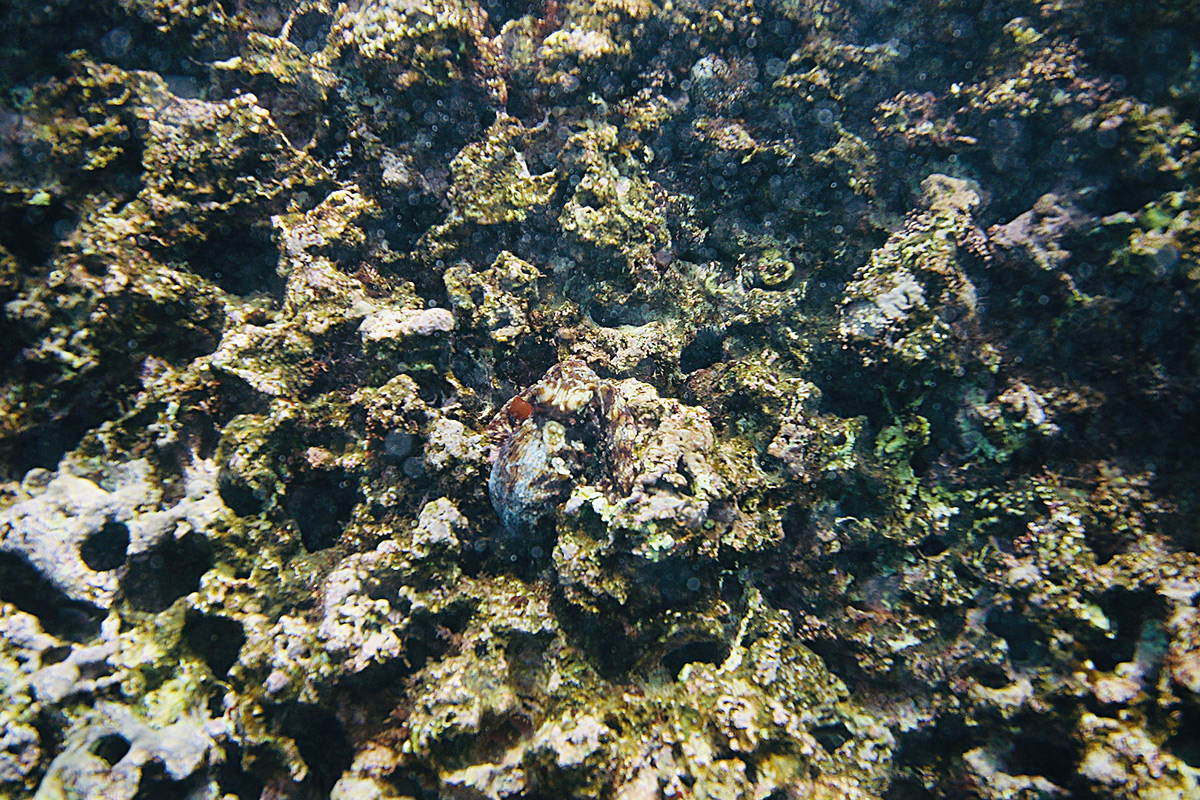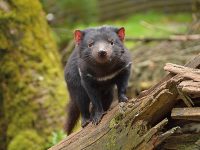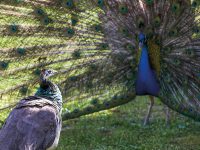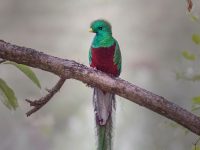
Animal colourations and the patterns they generate provide some of the best examples of evolution by natural selection (both ecological and sexual). One of the most studied aspects has been camouflage. When we think of camouflage, we conjure up the image of an animal with a colour pattern that makes it indistinguishable from the background, such as a butterfly whose wings look like a dried leaf or a stick-bug indiscernible from the stem of a plant. Camouflage is an adaptation that includes any form of concealment that hinders detection and recognition, usually by predators (or prey). It can occur in any sensory modality, but the most studied is visual camouflage.
Although it is often considered a purely morphological character, camouflage is a good example of coordinated evolution of the animal’s morphology (colour pattern) and behaviour, and arises from the combination of both aspects. Cryptic patterns, however perfect, are useless if they are not accompanied by the appropriate behaviour: the dry leaf butterfly only goes unnoticed when it stands still on a substrate of dry leaves. Studies in different animal species have shown that animals with cryptic patterns tend to remain motionless longer in the presence of a predator than obvious ones. In most natural environments, the characteristics of the visual environment vary across space and many animals show a preference for substrates that favour crypsis. Interestingly, natural selection can favour this preference without the animal «knowing its colour», and even in blind animals. Simply put, an individual who chooses to live on a certain substrate – because it is attracted to its smell, for example – is more likely to survive against visual predators, and will leave more offspring, if from the predator’s point of view its colouration matches that of the substrate. Crypsis affects the survival of both prey and their predators, which find it more difficult to feed the better their prey is camouflaged, generating reciprocal selective pressures between prey camouflage and the predator’s visual system and cognitive abilities (a process of co-evolution).
«The kings of camouflage are shallow-water cephalopods, which avoid visual predation by changing their shape and colour pattern in an instant»
In temperate climates, dominant colours change seasonally, and some animals have adapted to these changes through developmental mechanisms that result in different phenotypes depending on environmental variables. One example is bird and mammal species that undergo a biannual coat or plumage colour change, from brown in summer to completely white in winter. The decrease in the duration of snow cover due to climate change makes white individuals stand out against the now dark landscapes. The now conspicuous animals still behave as if they were cryptic. This camouflage mismatch has very negative implications from a conservation point of view, but at the same time it creates a very interesting scenario for studying the consequences of natural selection in action.
Undoubtedly, the kings of camouflage are shallow-water cephalopods – especially octopuses and cuttlefish – which move between different environments (to search for food, a mate, etc.) and avoid visual predation by changing their shape and colour pattern in an instant (0.2-2 seconds). Interestingly, these animals are colour-blind (they possess only one visual pigment), but they can match their colour to natural backgrounds with exquisite precision. This is not entirely surprising considering that many of their predators have three or even four visual pigments. Researchers have not yet been able to decipher the mechanisms that allow colour-blind cephalopods to generate «multi-coloured camouflage».





